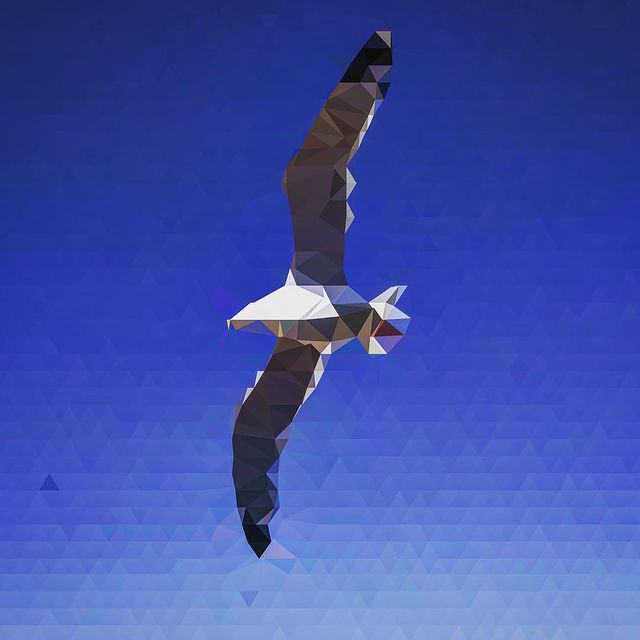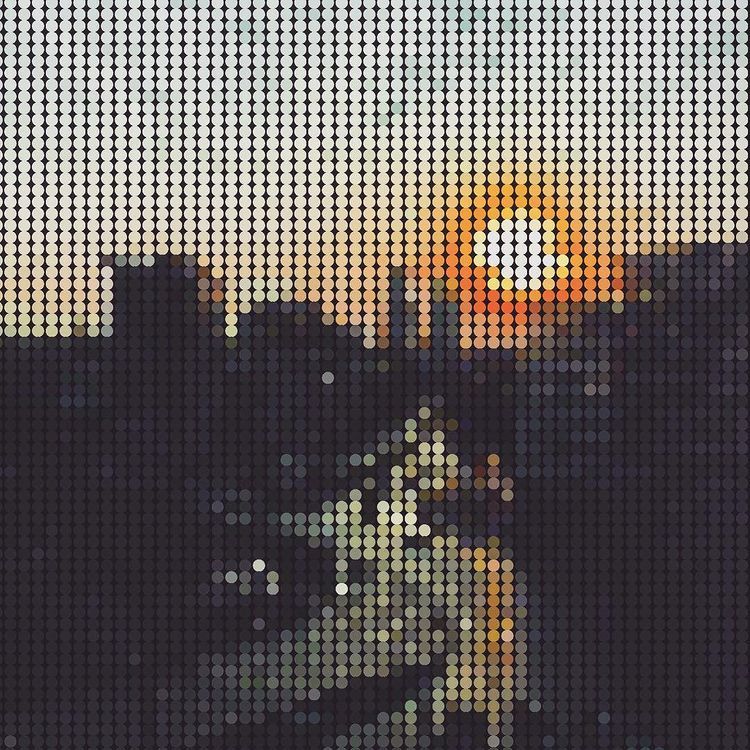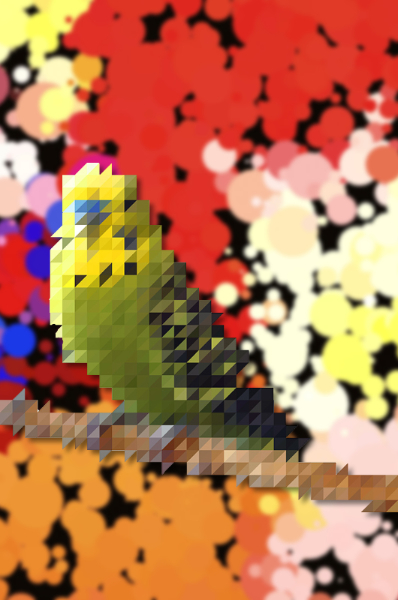Introducing Centroid Pixel
Centroid Pixel is a polygon mesh photography application for iOS devices.
It features real-time abstract visual effects on the camera feed, which can be edited and exported as a vector graphic file.

Centroid Pixel can render more than 9 thousand polygons with edge detection in 60 frames per second. This is all thanks to the high-performance systems of today’s smartphones, OpenGL, OpenCV, and Metal.
Usage tips
Like any other camera application, the limits of usage of Centroid are only bound by the user’s creativity. Here’s however a list of ideas that highlights some of the use-cases of the software:
- Phone wallpapers
- Centroid is an excellent tool to create custom wallpapers, as it works directly on your phone, produces high-resolution vector graphic images, and can tune up everyday subjects with the use of geometric shapes.
- Poster design
- Since the PDF output of Centroid is infinitely scalable, you can use the application to scale up photos to large format posters. Think about it as a polygon vectorizer.

- Highlighting mood
- As the output images contain fewer details than the original camera-input the result can constraint the focus on the big picture. As an example, consider a city landscape with a sunset without people and cars on the street.

- Color palettes
- Especially useful in graphic design projects: by changing the resolution setting to the lowest value, you can use Centroid to create a grid of color samples from a photo.
- Abstract experiments
- Probably the most unique use case of Centroid is the ability to turn regular photos into abstract art. For example, a close-up of a flower could result in an otherworldy futuristic mesh of colors.
Technical details
Centroid Pixel is written in Objective-C, C++, and Swift. It uses OpenCV and OpenGL to process and display the polygon mesh in real-time. The name of the application also originates from one of the key technical components: The colors of the grid are sampled from the centroid of each polygon. These polygons are displayed on a dynamic point matrix, which can be modified by the touch of the users. The edge detection is also applied on the same matrix to automatically move the points of the polygons closer to the edges of the subject image.
Future
The possibility to record videos would be a straightforward improvement idea for Centroid. Since the software is already capable to process images in real-time, only the recording features have to be implemented.
Since the release of the iPhone X, we can now also request depth data from the capture photos. This information could be used in a future version of the application to create 3D effects with different layers to highlight the context around the subject. With the same feature, the background could also feature different polygon break-down rules and blur effects to achieve contrast, as visualized below.

Hope you found this short introduction about Centroid Pixel interesting! If you haven’t tried it already, you can find the download link below. Purchase of the application will support the future development and the realization of the ideas mentioned above. If you have any questions or suggestions for future ideas, feel free to send me a message!